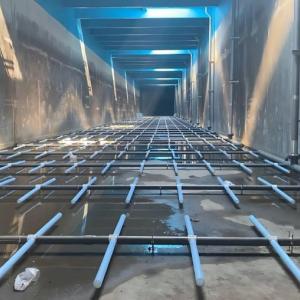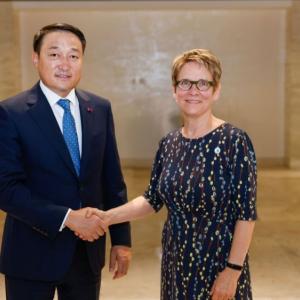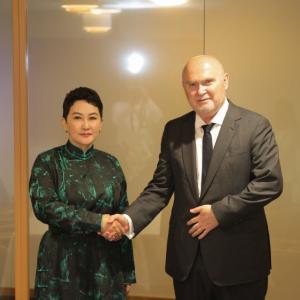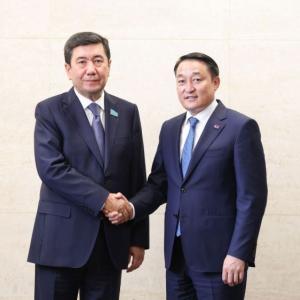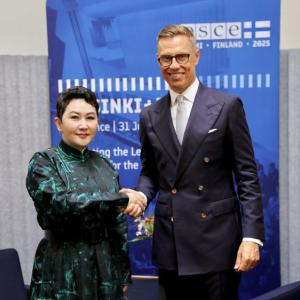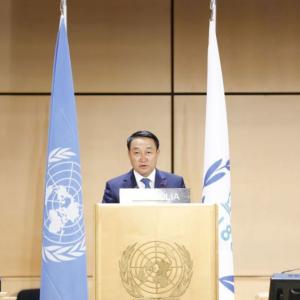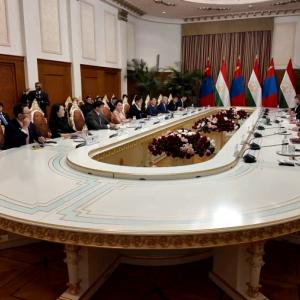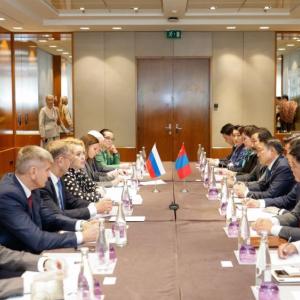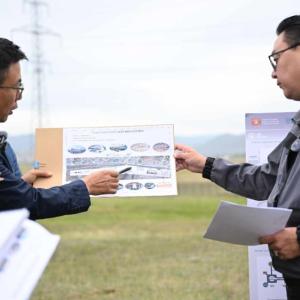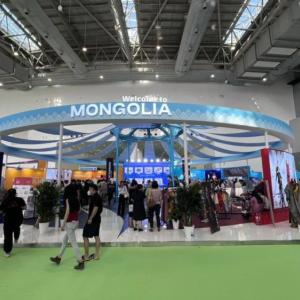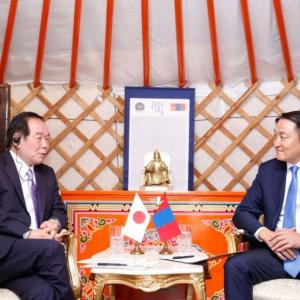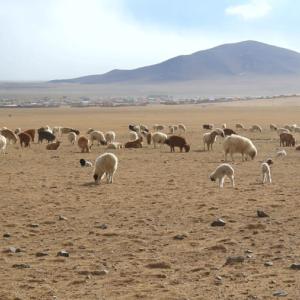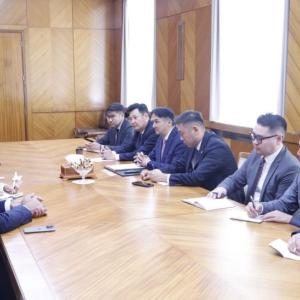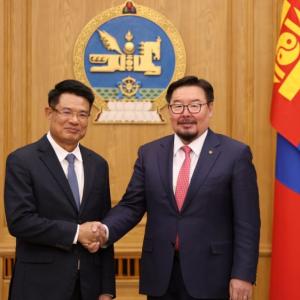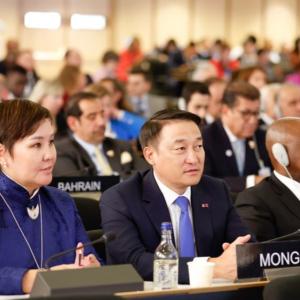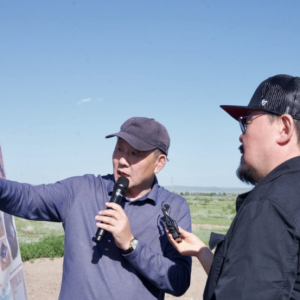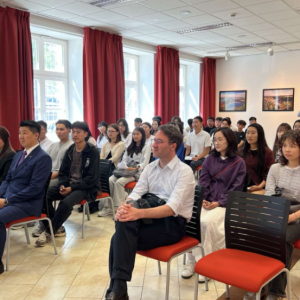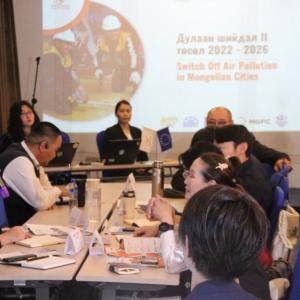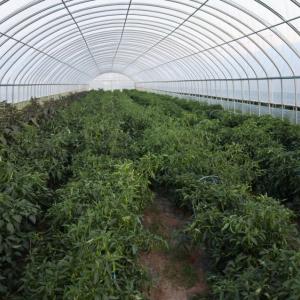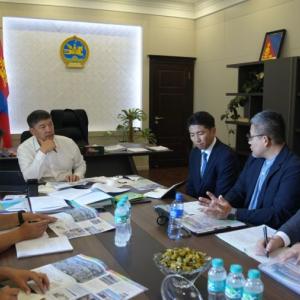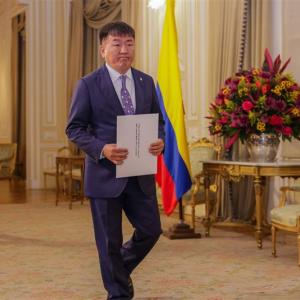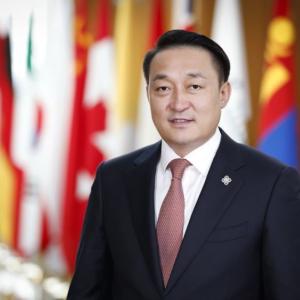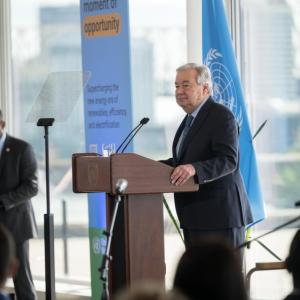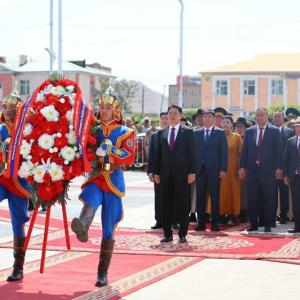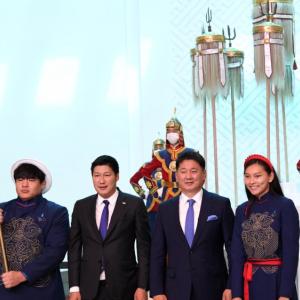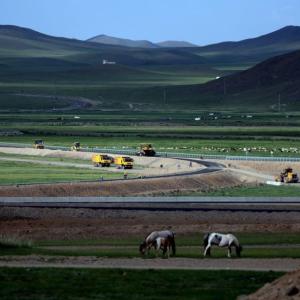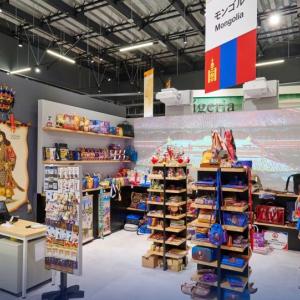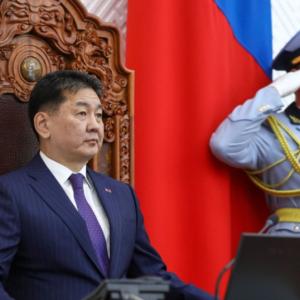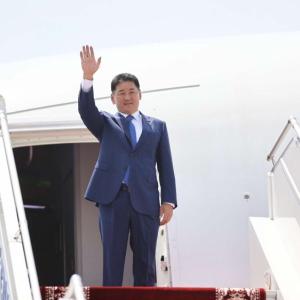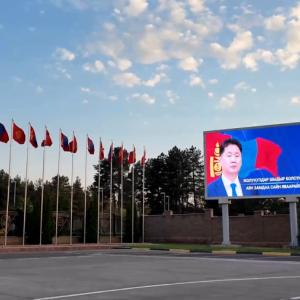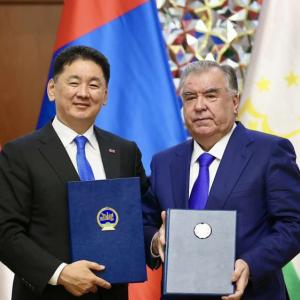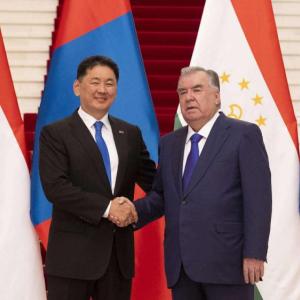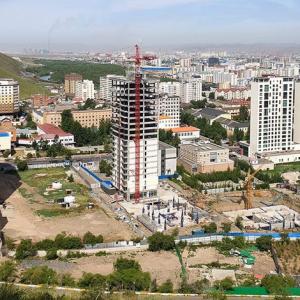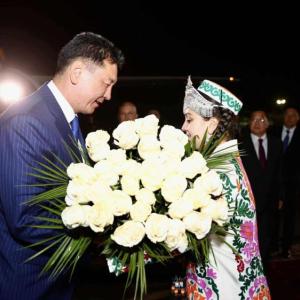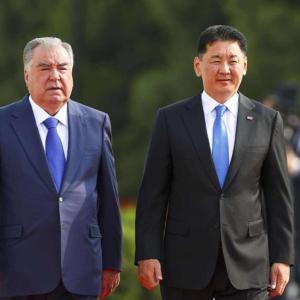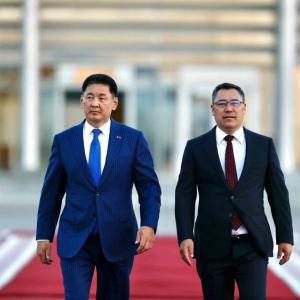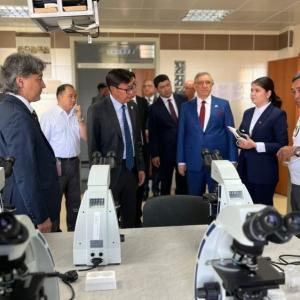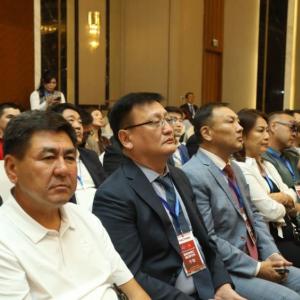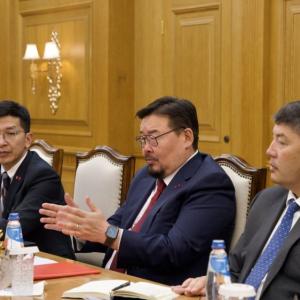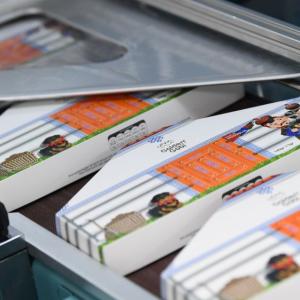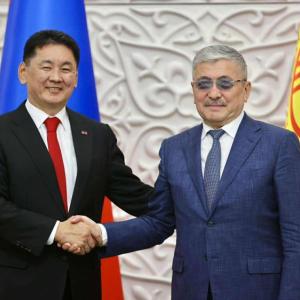UNICEF delivers essential cold chain equipment throughout Mongolia
Society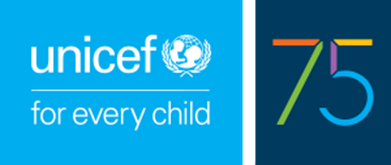
UNICEF has played a vital role in supporting the Mongolian
government during the pandemic.
As soon as the new COVID-19 virus emerged in the
neighbouring countries, Mongolia took strict measures to protect its population
and closed all its borders, causing the suspension of all international flights
and passenger trains. Subsequently, the government increased its preventive
measures against COVID-19 by shutting down schools, kindergartens and
universities.
UNICEF has played a vital role in supporting the Mongolian
government during the pandemic. In cooperation with international organizations
and the government, UNICEF developed the National Vaccination Deployment Plan.
This Plan aimed to supply COVID-19 vaccines, improve national cold chain and
ultra-chain capacity, increase storage capacity and support COVID-19 vaccine
communications.
Although Mongolia has a strong and effective routine child
immunization programme, with all the required cold chain capacity at both
national and provincial levels, additional expansion and support was needed to
store COVID-19 vaccines.
“Within the partnership, UNICEF built a new Central Vaccine Store. This quadrupled vaccine storage capacity at a central level. We are working together to create an environment that meets the standards for storing vaccines in all 21 provinces of Mongolia,” said Dr. Tsogtbaatar Byambaa, UNICEF Senior Adviser.
Supply and transportation of cold chain equipment
UNICEF provided in-depth technical assistance to the
Ministry of Health and the National Centre
for Communicable Diseases (NCCD) by not only developing a list of the
cold chain equipment needed but also assessing cold chain procedures. In February
2021, following a request from the Ministry of Health to procure the equipment,
UNICEF signed an agreement with the Ministry and the World Bank.
However, getting the equipment into the country was a huge
challenge because the closure of Mongolian borders in January 2021 severely
impacted the logistics of cold chain equipment supply. In fact, transportation
disruptions were only one of multiple challenges that UNICEF had to deal with
while delivering cold chain equipment and COVID-19 vaccines to the country.
Cold chain equipment such as freezers, refrigerators, cold
boxes and carriers were manufactured in different countries, including
Switzerland, Denmark, Finland, Egypt and India. The fact that these pieces of
equipment were produced in very distant countries, often on different
continents, made it a great challenge to create cold chain capacity in
Mongolia. In order to continue building that capacity despite the challenging
circumstances, very often the equipment was delivered through a combination of
different means of transportation.
“We faced numerous challenges during the manufacturing and transportation processes,” explained Battumur Batbayar, UNICEF Supply and Logistics Officer. “For instance, refrigerators produced in Denmark were delivered through a combination of sea and land transportation. The equipment was transported by sea from Denmark to Lithuania, and from Lithuania to Mongolia by truck, transiting through Belarus and Russia. The whole journey covered thousands of kilometres.”
Cold chain capacity optimization throughout the country
Despite all the challenges, UNICEF supplied 716 vaccine
refrigerators, 74 freezers, 7 ultracold freezers, 4 walk-in cold rooms, 6
walk-in freezers, 580 cold boxes and 2,400 vaccine carriers to Mongolia.
Some of the major equipment, such as walk-in cold rooms and freezers,
were installed at the Central Vaccine Store at the
NCCD, ensuring safe storage of COVID-19 and other vaccines at central
level.
Other equipment – including freezers,
refrigerators, cold boxes, carriers and their accessories –
were delivered to health centres and departments in
Ulaanbaatar and 21 provinces. This massive operation enabled secure and uninterrupted
immunization for Mongolian population, ensuring coverage in all corners of
the country.
While the equipment was procured to deal with COVID-19, it
will have an impact above and beyond that immediate need. As the Head of
the Immunization Department of the NCCD, Dr Dashpagam Otgonbayar, stated,
“The new equipment procured by UNICEF and the World Bank will cover Mongolian
immunization needs for the next 10 years”.
Source: UNICEF Mongolia

 Ulaanbaatar
Ulaanbaatar

